Aug 1 Tariffs Crush 97% of US Importers
Trump tariffs small business owners are facing devastating consequences as the August 1 tariff deadline arrived today, but businesses got a brief reprieve when the White House announced tariffs will actually be implemented on August 7th to give Customs and Border Protection time to make necessary changes. Despite this one-week delay, the unprecedented supply chain pressure continues to mount, and import cost increases are still set to hit record levels as the US manufacturing shift isn’t happening fast enough to save thousands of companies from financial ruin.

How August 7 Tariff Implementation Drives Supply Chain Pressure and Costs
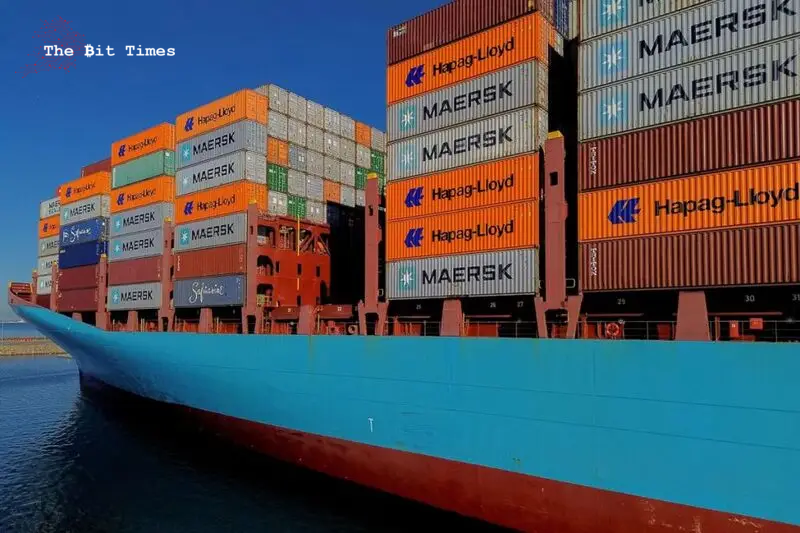
Commerce Secretary Howard Lutnick had this to say earlier this week:
“That’s a hard deadline, so on August 1, the new tariff rates will come in. Nothing stops countries from talking to us after August 1, but they’re going to start paying the tariffs on August 1.”
Trump tariffs small business impact is becoming clear right now as the new rates take effect today. According to the Commerce Department, 97% of US businesses that import products are small businesses with fewer than 500 employees, and they lack political influence compared to large corporations.
Import Cost Increases Hit Small Importers Hard Today
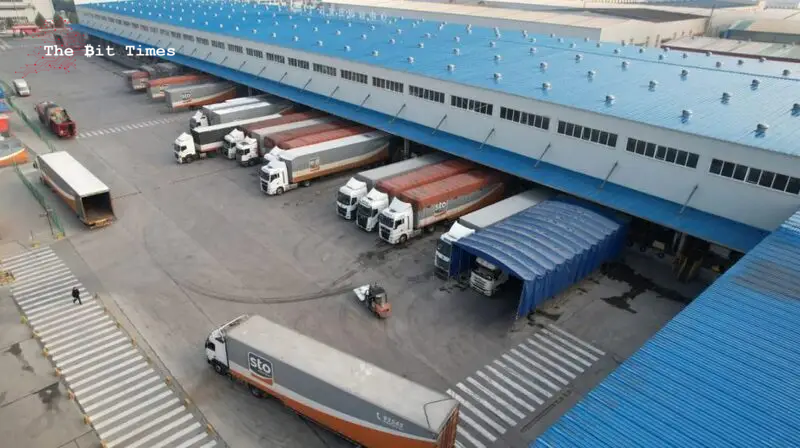
The tariff rates that went into effect today are significantly different from those initially threatened, with countries like Myanmar and Laos facing 40% tariffs, while the EU negotiated down to 15% from the previously threatened 30%.
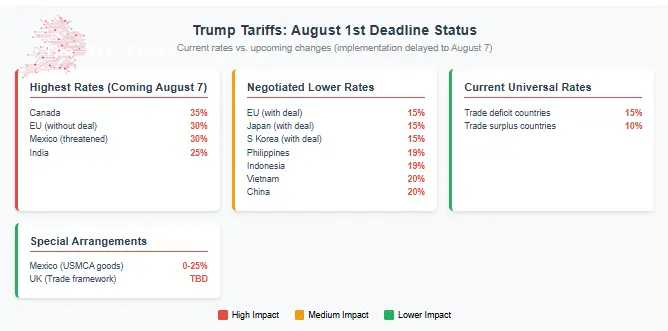
Sarah Wells, founder of Sarah Wells Bags, stated recently:
“I don’t think I’ll know that I’m out of the chess pieces until I’m right there, but it’s clear that I’m getting closer.”
The August 1 tariff deadline has now passed (moved to the 7th), and businesses are navigating some impossible choices today. Wells explained her predicament:
“I’ve tried to manufacture in the United States, but I can’t. China, the policies chased me there. Now I am financially invested in Cambodia with the prospect of an incredibly high insurmountable tariff looming this August.”
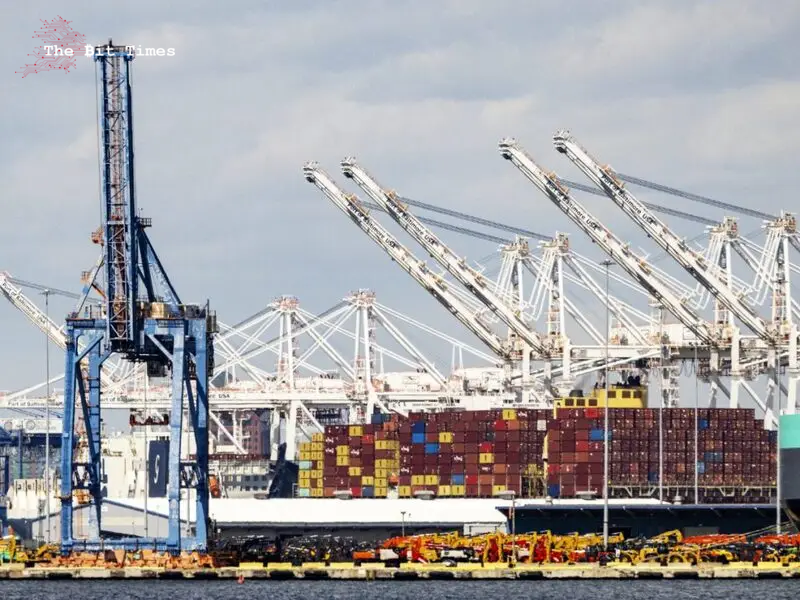
Supply chain pressure is intensifying today as Trump tariffs small business operations now face these implemented rates. The White House actually imposed 36% tariffs on Cambodia, set 25% rates for both Japan and South Korea, while hitting Canada with 35% tariffs despite USMCA protections for compliant goods.
Also Read: Trump Tariff War: Goldman Sees Brazil 30.8%, Korea $350B Investment
US Manufacturing Shift Falls Short as Tariffs Take Effect
Jonathan Gold from the National Retail Federation explained:
“Not knowing if certain key suppliers will have new trade deals or frameworks at lower or higher tariff rates has made it incredibly difficult for retailers of all sizes to properly plan and forecast what the next buying and selling season will look like.”
Treasury Secretary Scott Bessent said:
“I would think that it’s not the end of the world if these snapback tariffs are on for anywhere from a few days to a few weeks, as long as the countries are moving forward and trying to negotiate in good faith.”
The US manufacturing shift remains pretty elusive as domestic production can’t really replace specialized imports. Import cost increases are now forcing businesses to choose between absorbing costs or passing them to customers, while supply chain pressure threatens their survival.
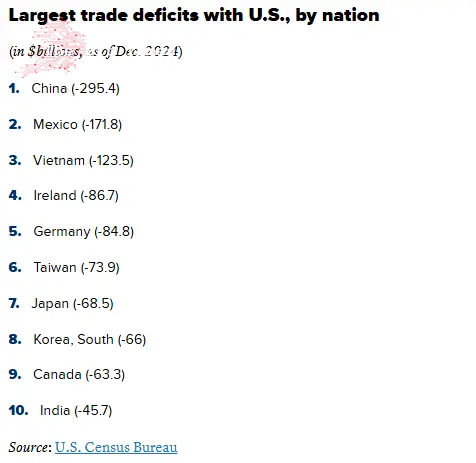
Also Read: Trump Ends De Minimis: Americans To Pay $80-$200 Per Package on 1.36B Shipments
Today marks a critical moment for America’s small importers, with limited options and resources to weather this storm that’s now fully underway.
Comments
Post a Comment